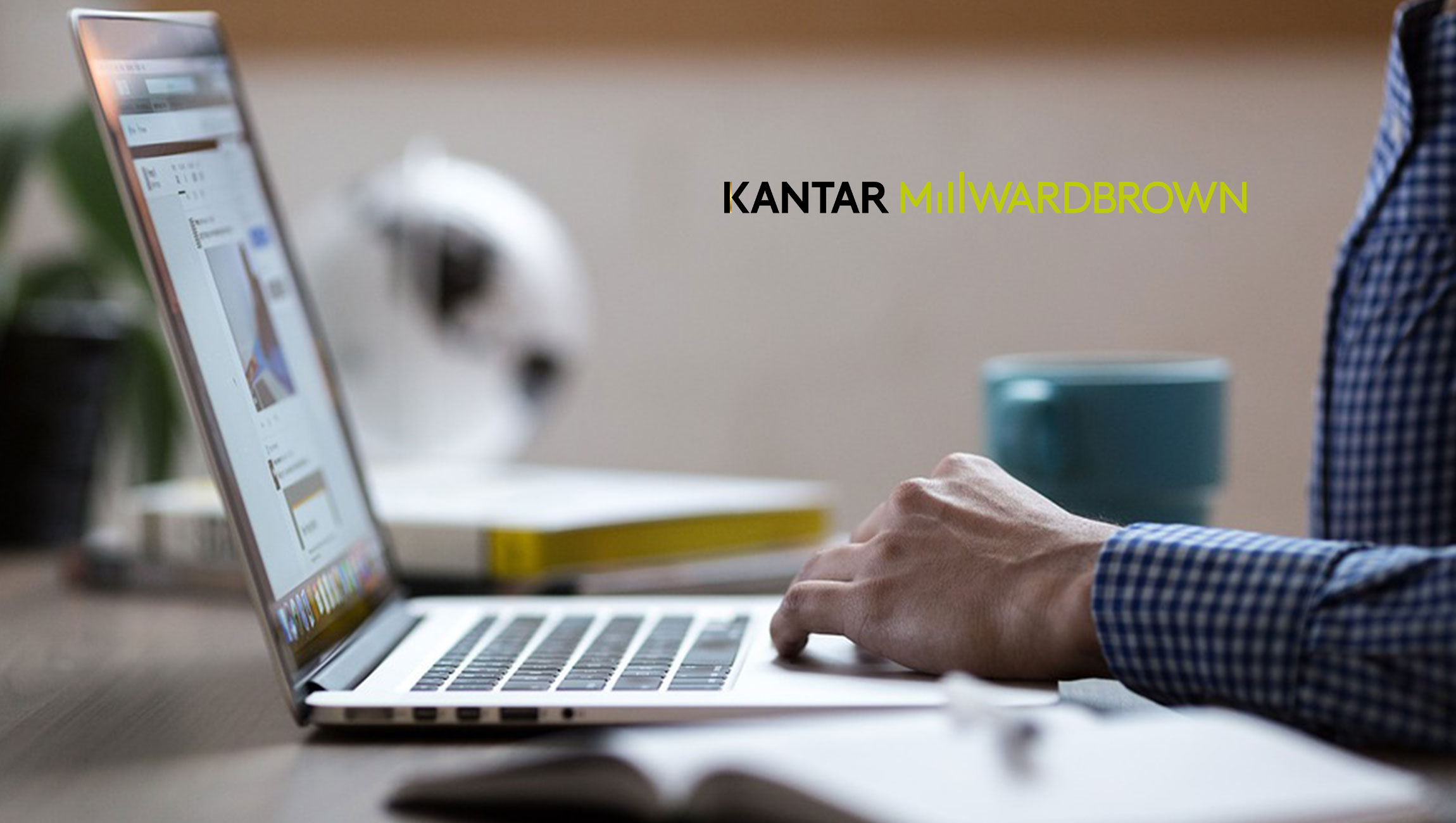New Research by Kantar MillwardBrown Using BrandZ Data Shows How Creativity, Disruption and Great Advertising Combined Boost Brand Value by as much as 265%
New research by Kantar Millward Brown reveals for the first time the true impact that disruption and creativity can have when combined with great advertising, helping companies grow brand value at an astonishing rate.
The research breaks down the role that consumer perception of creativity, disruption and great advertising plays in building brand value over time by analyzing BrandZ’s 3.6 million consumer interviews comparing perceptions of 122,000 brands in 51 markets over the last 12 years.
Also Read: Ad Blockers: Take a Page from Video Game Advertisers
The results show that:
- Brands that consumers perceive as creative but not disruptive have grown their brand value by an average of 69% over that period
- Brands that consumers perceive as disruptive – seen to be ‘shaking things up’ – but not creative have grown even more, boosting brand value by 123% over the same period
- Brands that consumers perceive to have both creativity and disruption at the heart of their businesses have performed even better, generating an average brand value growth of 154%
- Brands that consumers perceive to combine creativity and disruption with great advertising have performed the best, boosting average brand values by 265%
The data demonstrates that brands with disruptive creativity at the heart of their business can use it as an engine to fuel advantageous consumer perceptions. The converse is that average declines of 14% were found for brands that scored in the bottom third for perceptions of both disruption and creativity.

“Having disruptive creativity at the heart of a business is about more than product and R&D, and being creative is not just about communications. The best way for brands to influence consumer perception is through effective communications, by experimenting with new formats and, most importantly, by delivering a great brand experience,” said Doreen Wang, Global Head of BrandZ at Kantar Millward Brown.
Also Read: Despite The Benefits, Advertisers Are Still Holding Back On OTT – Here’s Why They Should Reconsider
The findings will be presented by Wang as part of a panel session featuring marketing leads from Ancestry.com, Deliveroo and the world’s fastest-growing electric car brand BYD.
“What matters most is the consumer’s perception of your offering. If you are disruptively creative but it isn’t felt by the consumer then that effort is worthless. But if they feel it, and it is supported by great advertising then you can supercharge your brand’s growth,” said Wang. “It is no surprise that the fastest risers and newcomers in our annual BrandZ ranking of the Top 100 Most Valuable Global Brands are seen by consumers as highly creatively disruptive.”
Also Read: Pinterest Expands Pinterest Marketing Partners Program With Creative Specialty
The companies in the BrandZ Global Top 100 2018 that have successfully delivered disruptive creativity to the consumer are Disney (137, where 100 is the average score for a brand) and Apple (135), with brands such as Netflix (130), Amazon (128) and JD.com (127), also scoring highly on disruptive creativity.
High scores for disruptive creativity can also been seen among the five-fastest risers in the BrandZ Global Top 100, with Tesla, Netflix, JD.com, Tencent, Maotai averaging 126, while the eight newcomers to the ranking (JD.com, Uber, SF Express, Instagram, Adidas, BCA, HP, Spectrum) averaged 117. The seven brands that fell out of the BrandZ Top 100 for 2018 scored 106 on this metric.
“Creative disruption is something that has to evolve and be applied every day across the entire company and needs to be experienced by the consumer across all touchpoints. The most innovative brands are constantly looking at how they can continue improving the life of the consumer. Shaking things up means never being satisfied with today,” said Wang.
Recommended Read: Here’s How Marketers Can Avoid Brand Safety Violations











